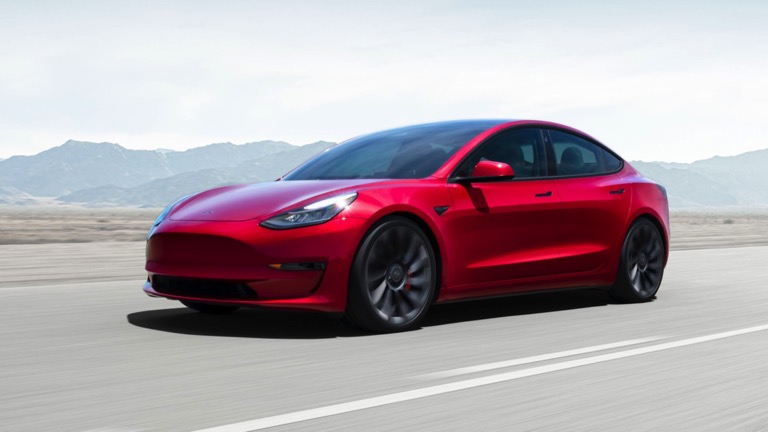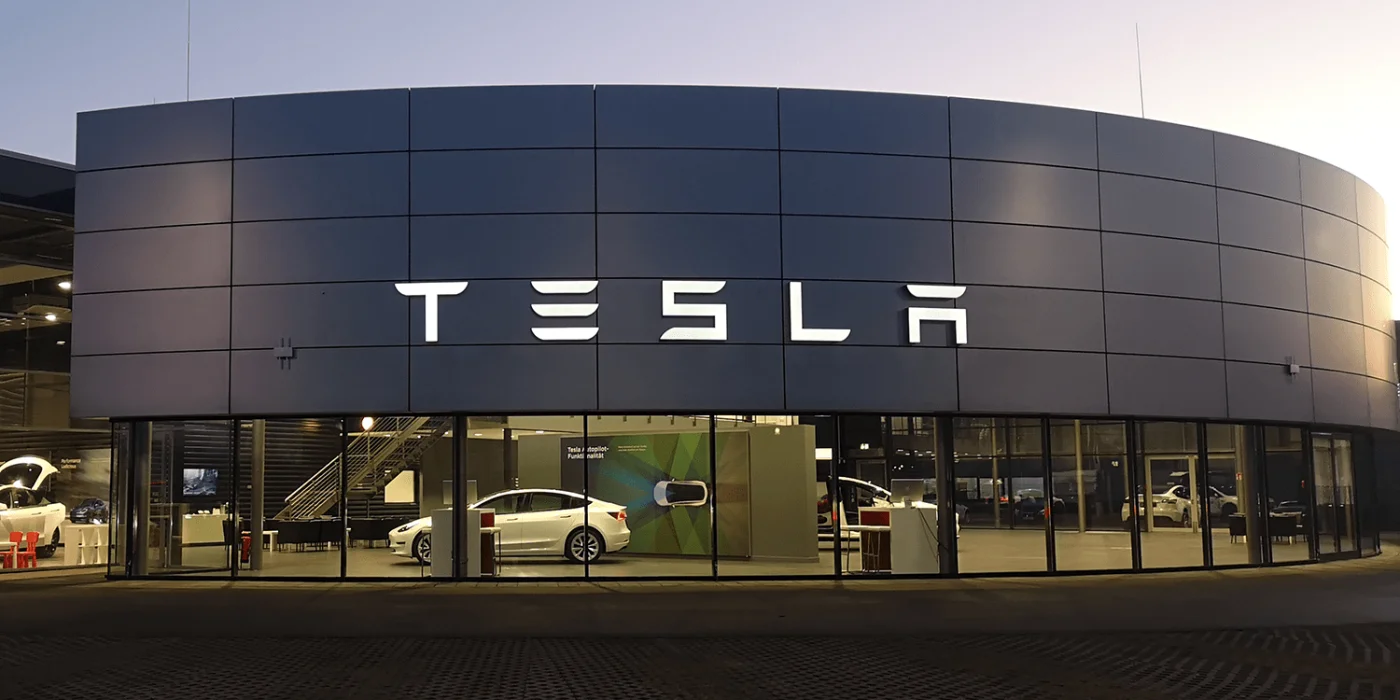Tesla reported a smaller-than-expected increase in third-quarter deliveries, with figures showing a rise to 462,890 vehicles, up 6.4% from a year earlier.
This fell short of the 469,828 deliveries anticipated by analysts, leading to a decline in Tesla’s shares of more than 6% as the company faces mounting competition and a potential first-ever decline in annual deliveries after years of rapid growth.
The world’s most valuable automaker has been struggling to attract customers to its aging electric vehicle lineup, despite implementing price cuts and extending incentives, such as zero-interest financing and insurance offers, particularly in China, which accounts for one-third of its sales.
Data from the China Passenger Car Association indicated that sales in China saw a boost in July and August, but demand in the U.S. and Europe remained low. “We believe China showed relative strength this quarter but was offset by weakness in the US and Europe,” noted Dan Ives, an analyst at Wedbush Securities.
Despite handing over more vehicles compared to the previous quarter, Tesla’s performance makes it challenging for CEO Elon Musk to meet his expectations of increasing deliveries in 2024 from the record 1.8 million vehicles delivered last year.
“There’s only so much Tesla can do with price cuts and incentives while offering no fresh vehicles for customers,” stated Sandeep Rao, a senior researcher at Leverage Shares. Tesla will need to deliver a record-breaking 516,344 vehicles in the fourth quarter to avoid a drop in sales for 2024.
While analysts have raised concerns about the impact of price cuts on profit margins, some view the return to growth as a positive sign. “Taking a step back, deliveries returning to growth were the most important thing to come from today’s numbers,” remarked Matt Britzman, a senior equity analyst at Hargreaves Lansdown.
In total, Tesla delivered 439,975 Model 3 and Model Y vehicles alongside 22,915 units of other models, including the Model S sedan and Cybertruck. In comparison, rival BYD delivered 443,426 battery-electric vehicles during the same period.







